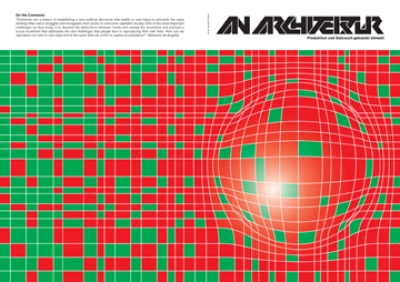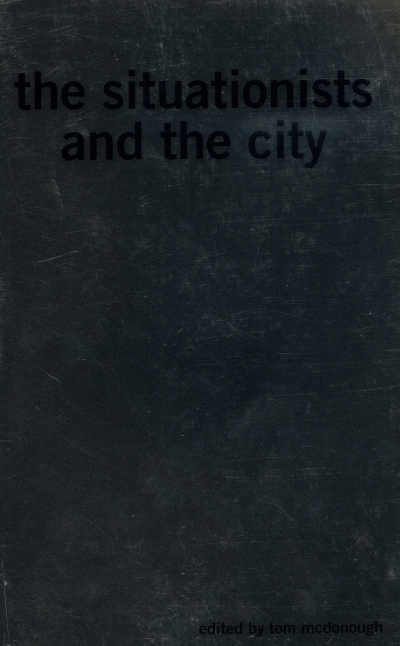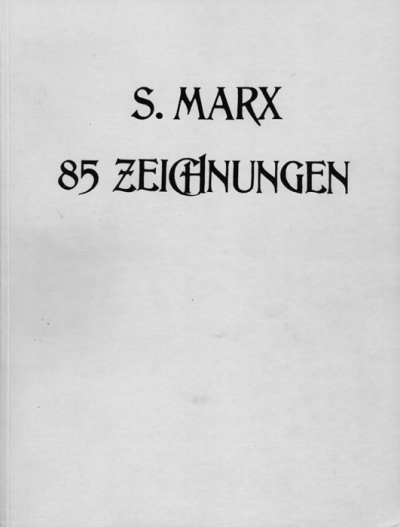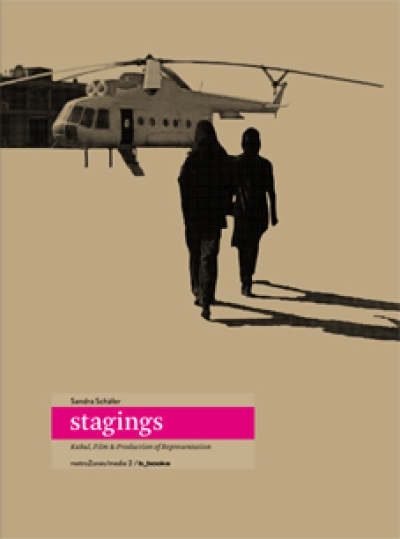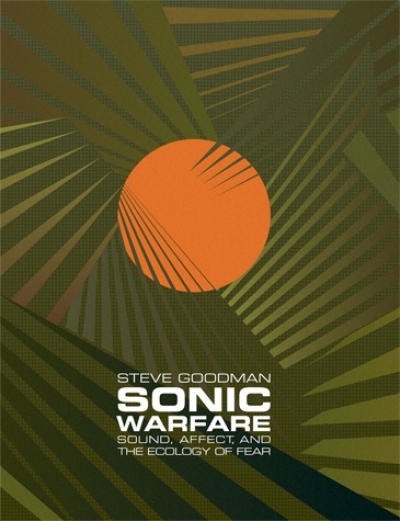
BUCH ZWEI. Leben in Kunststoffbauten
Wie fühlt es sich an, in einem UFO zu leben?
Die Kinder, die in einem solchen raumkapselähnlichen Gebilde in den 1960/70ern aufwuchsen, sagen: ganz normal. Ihre Eltern mussten aber beinahe „naiv und hirnrissig“ sein, um ein solches Experiment zu wagen: Wohnen, arbeiten, leben und lieben in einem einzigen großen Raum oder in kleinen Kapseln. Heute, grob 50 Jahre danach leben aber kaum noch Erstbesitzer in ihren UFO-Häusern. Eine neue Generation entdeckt diese Gebäude gerade wieder. Sie finden sie am Strand oder im Wald und retten sie. Für diese neuen Bewahrer sind die UFOs befreiende Orte des Denkens.
Die Arbeit teilten sich die Autorinnen in zwei Hälften: Elke Genzel besuchte die alten Baumeister und ihre Familien, Pamela Voigt die jungen Bewohner und neuen Nutzer. BUCH ZWEI – Leben in Kunststoffbauten, sind also nicht nur die Geschichten vom Familienleben, sondern beispielsweise auch vom Übernachten im herrlichen Hotel Ještěd, vom Ankommen in der Schutzhülle Polybiwak oder vom Forschen im Inukshuk Igloolik Research Centre in der Antarktis. Lässt man einen Blick über alle Projekte schweifen, ist eines unübersehbar: Mit diesen UFOs haben sich die Menschen zwei Sehnsüchte erfüllt. Einerseits die Rückkehr zu ihrer ursprünglichen Behausung, zur Höhle; zu einer Höhle, die Sicherheit gibt, in der man zur Ruhe kommt und nachdenken kann. Andererseits erzählt das Buch auch von der Sehnsucht der Menschen, aus der Gegenwart fortgetragen zu werden. Einer Sehnsucht, die bis heute anhält.
How does it feel to live in a UFO?
The children who grew up in such a space capsule-like structure in the 1960s/70s say: quite normal. Her parents, however, had to be almost “naive and brain-drained” to venture such an experiment: living, working and loving in a plastic cave, a single large room or in small capsules. Today, roughly 50 years later, there are hardly any first owners living in their UFO houses. A new generation is just rediscovering these buildings. They find them on the beach, in the woods, or on abandoned industrial grounds and save them. For these new keepers, the UFOs are liberating places of thought.
The authors divided the work for this book into two halves: Elke Genzel visited the old builders and their families, Pamela Voigt visited the young residents and new users who made other people’s dreams their own. Book Two – life in plastic buildings – are not only the stories of family life, but also of guests staying at the beautiful Hotel Ještěd, arriving after an alpine hike at the Polybiwak Refuge, or researching at the Inukshuk Igloolik Research Centre in Antarctica.






















































































